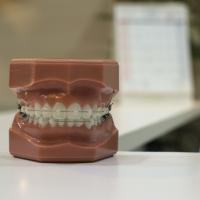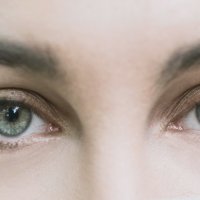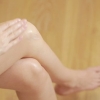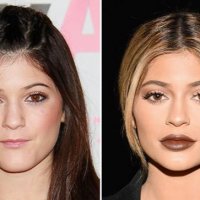Home > Blog > Skin and Body
How An Optometrist Bonita Springs FL Can Keep Your Eyesight Healthy
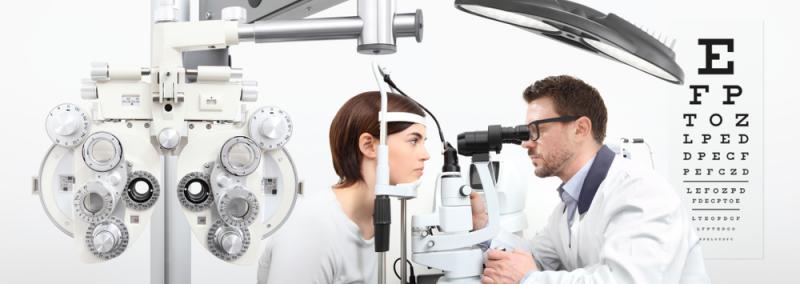
Your vision is priceless, so it's important to take every step to preserve and care for healthy eyesight. The American Eye-Q survey of the American Optometric Association's (AOA) shows that about 40% of people in the United States worry about losing their vision over the ability to hear or walk.
Optometrists are eye doctors who earned the Doctor of Optometry or OD degree, which is a license to prescribe medications in treating specific eye problems. Optometrists play a crucial role to help keep your eyesight healthy. How?
Continue reading below to learn more.
Optometrists Perform Vision Tests
An optometrist is a licensed eye professional who examines the eyes for both health problems and correcting refractive errors through a contact lens or eyeglass prescription. Also, some optometrists provide vision therapy and low vision care, such as Quigley Eye Specialists.
Here are the common vision tests performed by optometrists:
- Visual Acuity Test Using a Standard Eye Chart: It measures visual acuity distance using a Snellen chart.
- Color Blindness Test: It's a screening visual examination that checks a person’s color vision. It’s usually performed to diagnose color blindness during a comprehensive eye exam.
- Cover Test: It's a simple test that checks eye alignment. The optometrist will ask you to focus your eyes on a small object and cover each eye alternately while you're staring at the target. Your eye doctor will evaluate whether your uncovered eye moves to capture the fixation target to diagnose cross-eyes (strabismus) and eye strain (amblyopia).
- Ocular Motility Testing: This visual acuity test is performed to assess how well your eyes can quickly move between separate targets or focus and follow a moving object.
Optometrists Diagnose Sight Problems
The common vision problems include farsightedness, nearsightedness, and glaucoma. Farsightedness is medically known as hyperopia, which is a common vision problem, wherein you can clearly see objects from afar, but consider nearby objects to be blurry. The degree of a person's farsightedness influences the ability of the person to focus.
On the other hand, nearsightedness (myopia) is one of the most common vision conditions in which you can clearly see nearby objects, but consider objects from afar to be blurry. A person with myopia has an eye shape that causes light rays to refract or bend incorrectly, thus focusing images of objects in front of the retina rather than inside the retina.
Glaucoma refers to abnormal or high pressure in the eyes, which commonly affects the elderly population. An example of a glaucoma test includes the "puff-of-air" test or non-contact tonometry (NCT), which measures the pressure inside the eyes.
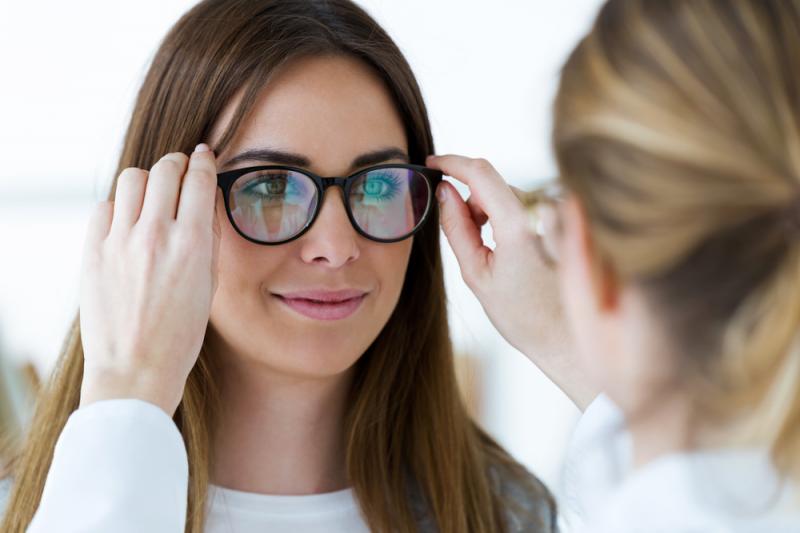
Here's how an optometrist performs NCT to detect glaucoma:
- The test begins by putting your chin to rest on the machine.
- While you're looking at a light inside the NCT machine, the optometrist will puff a burst of air at the open eye. This procedure is completely painless because the tonometer doesn't touch your eye.
- The tonometer calculates the intraocular pressure (IOP) or pressure inside the eye based on the resistance of your eye to the small puff of air.
- A high eye pressure means that you're a risk for developing glaucoma or you already have glaucoma.
Optometrists Prescribe Contact Lenses, Eyeglasses, and Medications
In addition to being licensed, optometrists may also participate or assist in eye surgery performed by a licensed ophthalmologist. Optometrists usually prescribe eyeglasses and contacts depending on the client's needs and preferences and provide expert advice, such as the best frame for a specific face shape or the color of a contact lens.
Also, an optometrist can provide you in-depth information about the different types of lenses to prevent eye strain and damage due to UV rays, computer radiation, and other features of eyeglasses, like anti-glare and anti-scratch. An optometrist also provides some tips when it comes to choosing between contacts and eyeglasses.
Here are the benefits of eyeglasses over contact lenses:
- Eyeglasses require minimal cleaning and maintenance. There’s also no need for you to touch your eyes when wearing them, thus lowering your risk for eye infections.
- Eyeglasses are more affordable than contact lenses because you don't need to replace them as often as contacts.
- Eyeglasses can adjust the amount of light that enters your eye that contact lenses cannot for optimum vision and comfort.
- While some brands of contacts can block some UV light, photochromic lenses of eyeglasses block 100% of UV light, which automatically darkens under sunlight for comfortable and clear vision. It’s also clear indoors and even at night.
Here are the situations when an optometrist recommends contact lenses over eyeglasses:
- You're engaged in an active lifestyle like exercising or playing sports. Eye contacts conform well to the curvature of your eyes, which provide a wider field of view as compared to eyeglasses and cause fewer vision obstructions and distortions than eyeglasses.
- If you work outdoors or in the field, affected by weather changes, such as roofers and assembly linemen, wearing a contact lens is the best for you.
Optometrists Can Provide Vision Therapy
Some optometrists are specialized in vision therapy. Vision therapy is usually performed if wearing eyeglasses, or contact lenses are not enough. Vision therapy is a type of physical therapy for the brain and the eyes.
Vision therapy is a highly effective non-surgical treatment for lazy eye, double vision, crossed eyes, convergence insufficiency, and some learning and reading disabilities.
Here are some good-to-know facts about vision therapy:
- Vision therapy programs are designed for each person based on the severity of the eye condition being treated, such as the patient's readiness and motivation, and the number of therapy sessions a patient can attend in a week.
- The duration of a vision therapy program might range between 3 to 24 months.
- The typical eye exercises involved in vision therapy are following a target (like a pencil) or jumping between objects to help improve some aspects of your vision.
Conclusion
Optometrists can provide you expert help, most especially when choosing the right eyewear for your eye condition. Also, an optometrist can provide counseling on medical conditions that may affect your vision, like diabetes, and refer you to appropriate healthcare providers as necessary.
Consulting an optometrist for vision therapy is also a good idea as early as childhood to address vision problems, like double vision or crossed eyes, for healthier eyesight.
More to Read:
Previous Posts:
